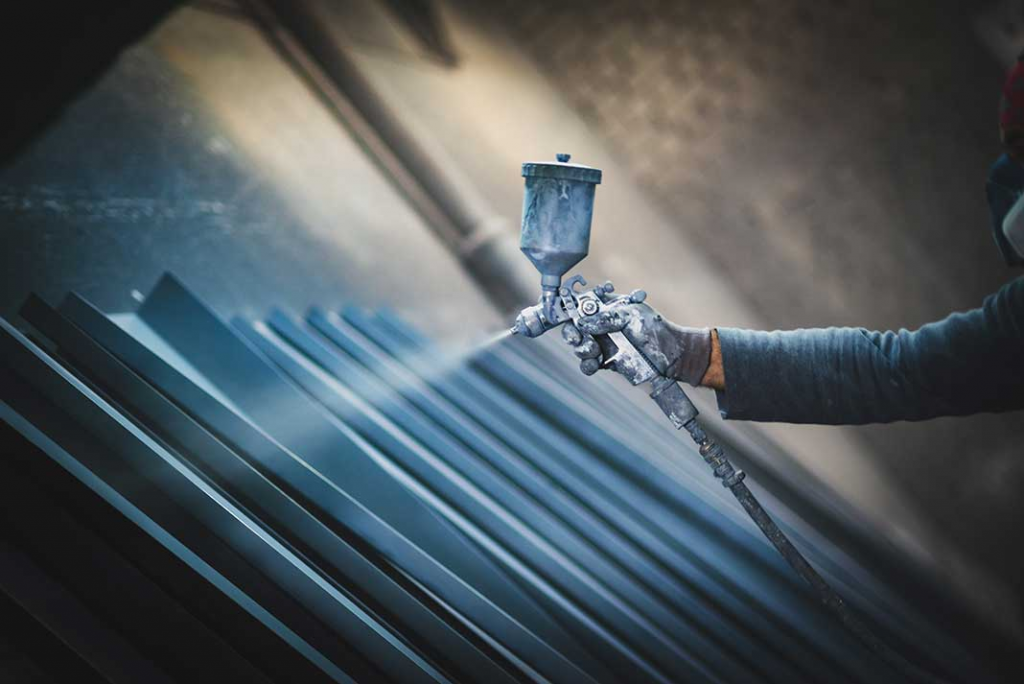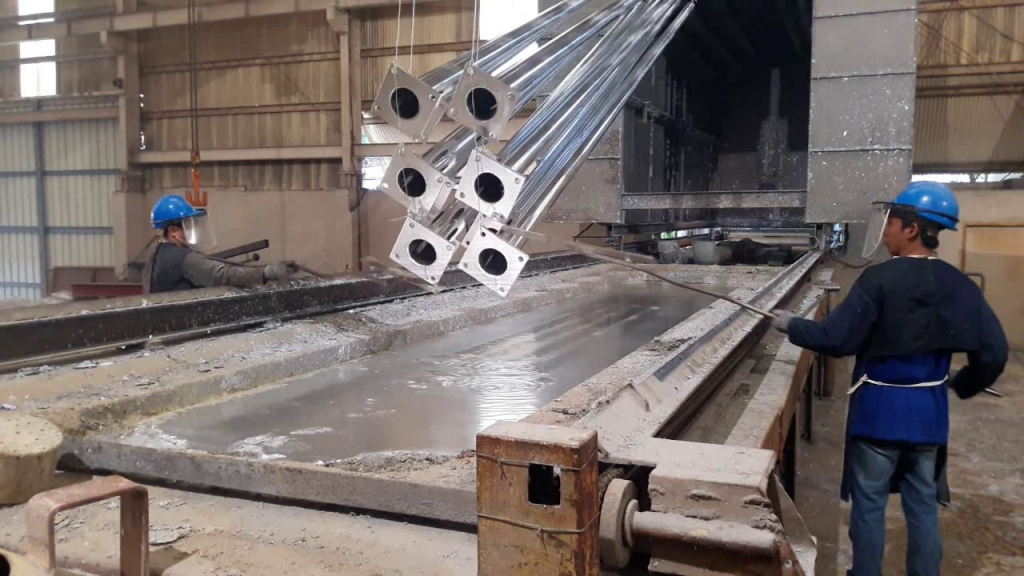
What is Protective Coating?
Most people often think that the last stage of painting would be to allow curing and drying. However, to ensure the maximum lifespan of your coat, it is best to apply a layer of protective coating as your final step.
What are Protective Coatings?
Protective coating is the final layer of material applied to the surface of your substrate (which is usually made of another material) with the main objective of inhibiting and preventing corrosion. It can also be used for many other purposes besides corrosion prevention such as material’s wear resistance and aesthetic appeal as well as provide water resistance or electrical properties that the material did not have prior to the protective coating being applied.

How does Protective Coatings work?
Steel is one of the most commonly used metals. Even though steel is very strong, cost effective, and easy to manipulate, it is also prone to rust due to environmental causes. To protect your metal from rust and corrosion, it is best to apply protective coating and paint finishes to extend the lifetime of your metal.
A zinc coating over steel is an example of a reactive protective coating. The zinc reacts with the atmosphere more readily than the steel, thus preventing the oxidation of the steel, extending its lifetime.

Types of Preventive Coatings & application methods
A protective coating may be metallic or non-metallic. Different types of coating warrants a different type of application methods. Non-metallic protective coatings include polymers, epoxies and polyurethanes while materials used for metallic protective coatings include zinc, aluminium and chromium.
A protective coating can be painted on, sprayed on, plated on or even welded onto a material. Polymer coatings are commonly sprayed on while Zinc protective coatings are typically applied by the electroplating or hot dipping method. There are also paint and powder coatings that can be used in conjunction with hot-dip galvanizing. This is known as the duplex system where both the coatings work in synergy to provide superior corrosion protection.
Are Protective Coatings fail-proof?

Image shows the application of protective coatings through the hot-dip galvanizing method
All forms of barrier protection are permeable over time. Once the protective coating is penetrated, the corrosion resistance is compromised. Most paints and powders are porous and easily damaged, allowing moisture and humidity to reach the underlying steel.
Therefore, a regular maintenance should be carried out periodically to ensure that the barrier protection is sealed at all times. Failure to do so leads to corrosion and the coating can fail in a relatively short period of time. You can contact us at Royalton & Berger to conduct your regular maintenance to ensure that your protective coatings are in good condition.
